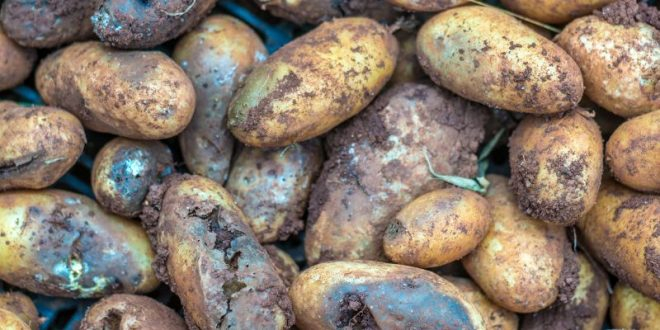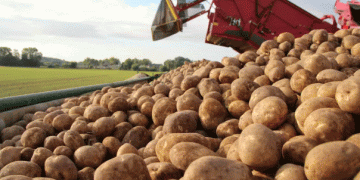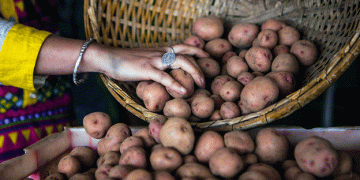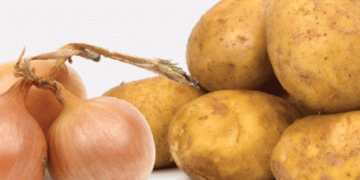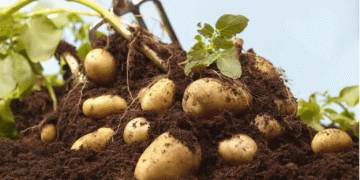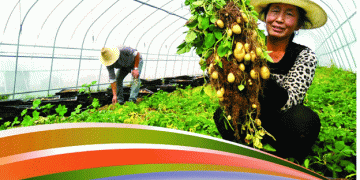Thanks to a team from the faculty of bio-engineering sciences at Ghent University that has developed a vaccine, potato blight could be prevented.
The vaccine works like any other, according to Brussels Times, citing the experts involved: by using a mutation of Phytophthora infestans to provoke an immune response, the vaccine allows the plant to develop its own immune system to protect against the disease.
“On unprotected potato fields, the pathogen can cause the entire harvest to fail within a period of seven to ten days,” explained Professor Geert Haesaert, who leads the project. “Our research group therefore started to search for alternatives, including a possible effect of Green Leaf Volatiles or GLVs on the resistance of the potato plant to the pest.”
GLVs, in fact, use a natural phenomenon to increase plant resistance to disease organisms. The volatile substances are released naturally when plants undergo fiber damage, for example when grass is being cut. Some GLVs have been found to improve plant resistance even in other species.
That unique property is now being studied by the CropFit group in the university’s Plant and Crops group, with special attention to the Bintje potato – particularly susceptible to late blight, and coincidentally Belgium’s favorite, especially for making frites.
Potato blight or late blight is caused by the organism Phytophthora infestans, a type of fungus that can also attack tomatoes. There is also another unrelated disease known as potato blight or early blight, caused by a different organism.
Late blight was responsible for the failure of potato crops, leading to famine in Europe in Europe in the 1840s, in Ireland in the years 1845-1852, and in the Scottish Highlands in 1846.
The usual treatment currently is with fungicides, but that can lead to problems related to over-use, producing eco-toxic results.
That option is very much reduced by the EU’s Green Deal, which foresees a 50% reduction in fungicide use.
